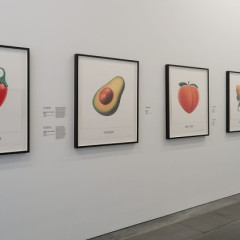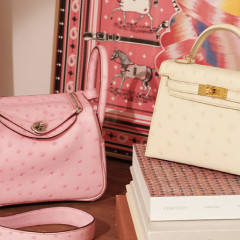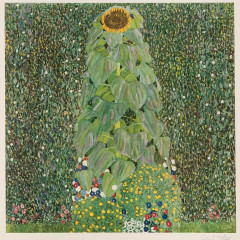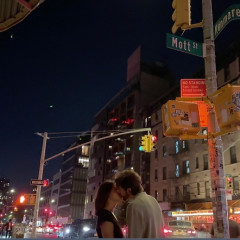"How Many Billboards" is a cool new exhibition by the MAK Center for Art and Architecture. This large-scale urban exhibition debuts 21 newly commissioned works by leading contemporary artists, presented simultaneously on billboards in Los Angeles in February and March 2010. Map of where to spot the billboards HERE.
DIRECTOR'S STATEMENT Kimberli Meyer
The philosophical proposition of the exhibition is simple: art should occupy a visible position in the cacophony of mediated images in the city, and it should do so without merely adding to the visual noise. How Many Billboards? Art In Stead proposes that art periodically displace advertisement in the urban environment.
Billboards are a dominant feature of the landscape in Los Angeles. Thousands line the city's thoroughfares, delivering high-end commercial messages to a repeat audience. Given outdoor advertising's strong presence in public space, it seems reasonable and exciting to set up the possibility for art to be present in this field. The sudden existence of artistic speech mixed in with commercial speech provides a refreshing change of pace. Commercial messaging tells you to buy; artistic messaging encourages you to look and to think.
Time and space allotted for artworks in commercial space is limited, and the sea of signs is vast. How can a billboard exhibition make a strong enough impact? Most importantly, the art cannot be passive. It must take a strategic approach, be critically oriented, and explore the billboard as a site.
Artistically and culturally, Los Angeles is an aggregate of dynamic histories. Experimental architecture has been active here since the early twentieth century, radical art since the 1950s. An acute awareness of urban space has always influenced both avant-garde architectural and art practices in Los Angeles. Southern California's overlaps and interweaves of architectural adventurism, pop, and Conceptual Art have generated rich environments for artistic production and yielded influential bodies of art. My co-curators and I felt that these So-Cal syntheses are relevant for the dynamics of pop-public space in Los Angeles today.
It's a win-win situation.
Los Angeles public space begs for smart art to break up the monotony of everyday media fare, and the billboard provides a fertile position for artists who work critically and site-responsively to test their ideas in urban media space. Contemporary art gains a momentarily broad audience, and city dwellers are extended a daily invitation to reflect and contemplate. Channels are opened for experimentation, innovation, and cultural exchange.






.jpg)
.jpg)



.jpg)
.jpg)
.jpg)




